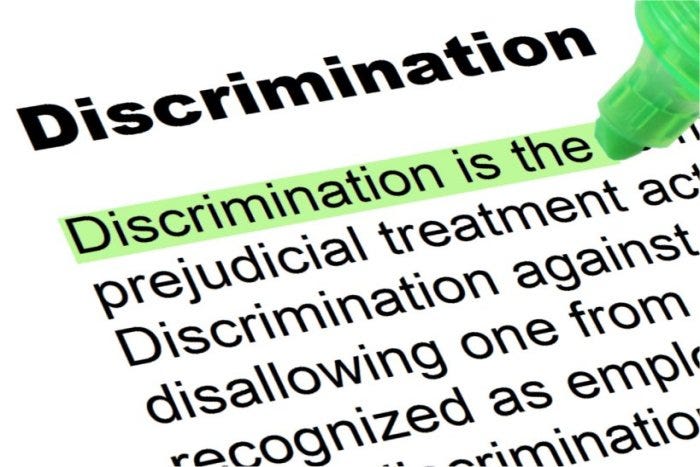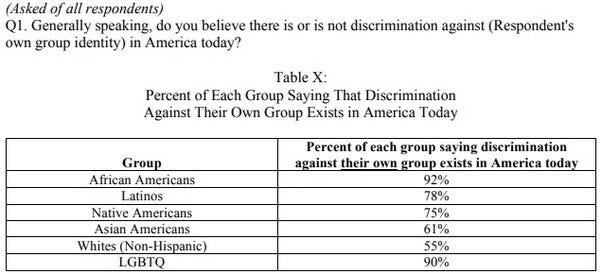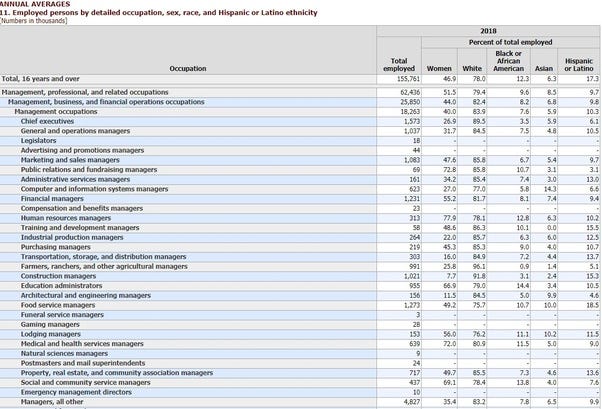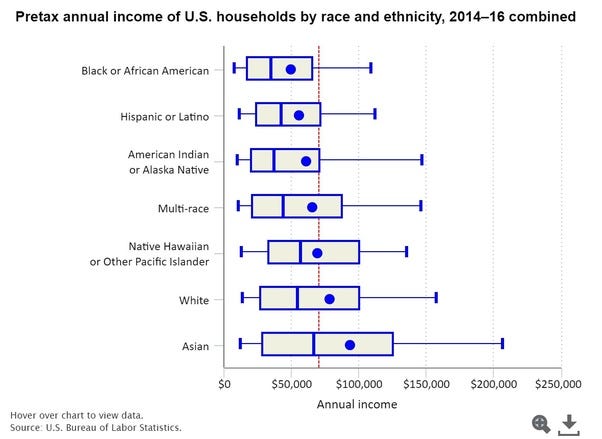A look at the nuances of racism and discrimination

What is “reverse racism”?
The idea of “reverse racism” is that black people and other non-whites in America are able to be racist toward and discriminate against white Americans.
This especially seems to apply to the idea of systemic racism. Systemic racism is when political and social institutions use their power to benefit the more powerful racial group while denying opportunities to or discriminating against other racial groups to prevent them from being equal in society.
Systemic “reverse racism” would be institutions using their power to discriminate against white Americans.
Does “reverse racism” exist?
No. “Reverse racism” is not a real thing.
That being said, yes, blacks and other non-white Americans can be racist, which I wrote about in Kel Pough’s answer to Can Black Americans be racist against white people?
When a white person experiences racism from a non-white person, then it’s just racism. Not “reverse racism”. Racism is racism no matter who holds the prejudice or is discriminating. The real question is whether white Americans are truly experiencing systemic racism.
Do white people feel discriminated against?
Here is some data I found on how whites perceive discrimination against themselves.
In 2017, 55 percent of white Americans said that discrimination against whites exists in America, as seen in Table X in an NPR poll. [1]

Along with that, 19 percent of whites report that they have faced discrimination while applying for jobs. For all whites, 13 percent reported being discriminated against in being paid or promoted equally. Also 11 percent reported discrimination while applying to or attending college. [2]

So, regardless of how much discrimination white Americans actually face, about half of them feel that they they have been discriminated against.
Jobs
According to the Bureau of Labor Statistics, white unemployment as of August 2019 was 3.4 percent. The black unemployment rate was reported to be 5.5 percent. [3] [4]
According to the BLS, out of 62,436 management, professional and related occupations in 2018, 79.4 percent were occupied by whites, 9.6 percent were black employees, 8.5 percent were Asian and 9.7 percent were Hispanic or Latino.
Of 18,263 management occupations, 83.9 percent of employees were white. Blacks made up 7.6 percent, Asians 5.9 percent and Hispanics 10.3 percent. [5]

Whites still are being promoted and are disproportionately represented in management positions, since whites make up 78 percent of the labor force. [6]
The BLS also reports that whites have the second highest average pretax household income at $77,974. Asians are the only racial group with a higher average than whites at $93,390. Blacks have the lowest average income at $48,371. [7]

White households are earning more on average than most non-white racial groups and they represent a high percentage of higher position jobs. White men in particular make up over 60 percent of corporate leadership. [8]
College enrollment
Even though colleges are increasingly diversifying, non-Hispanic whites still made up 54.7 percent of enrollments in 2017. The next largest group was Hispanics at 19.4 percent. Non-Hispanic blacks made up only 14.5 percent. [9]

Comparing the data to 2007 statistics, there is a notable decrease in the percentage for white enrollment as it was at 66.1 percent, while all other recorded groups increased. I think this is partly due to an overall increase of non-white college enrollment. [10]
In education and wealth, white Americans as a whole are still better off than most non-whites. [11]
Largely, it seems that any discrimination against whites isn’t causing substantial decrease in conditions for them. It seems that the appearance of anti-white discrimination may be because white American once had around one hundred percent of opportunities available to them, and now that percent of opportunities is decreasing as opportunities become available to more non-whites, creating more competition.
Affirmative action
Affirmative action seems to be the type of thing many people are referring to when talking about “reverse racism”. These programs discriminate against white Americans in order to benefit non-white Americans. Which is true, this is race-based discrimination. I am in favor of changing affirmative action to not be based on race.
The distinction which I think makes me say that affirmative action, while discriminatory, is not racist, is that it is not used as a way to oppress whites, but to help non-whites. The intention is not racist in nature, even if the result negatively affects whites, men in particular.
Along with that, there are studies which show that white women have been the group who have benefited most from affirmative action. [12] [13]
Conclusion
“Reverse racism” is not a real thing. In America, the racism that whites face is personal, and is not systemic in nature, as institutions aren’t discriminating against whites in an effort to deny them opportunities or otherwise create inequality for white Americans. There are some institutional discriminatory policies which negatively affect whites such as affirmative action, but these are in response to historical discrimination against non-whites which denied them opportunities. White women in particular are also able to benefit from affirmative action. Whites still hold the most political power and are the most educated and among the highest earning of racial groups, but now they are facing increasing educational and occupational competition as more non-whites pursue education and jobs.
Footnotes
[1] Poll: Most Americans Think Their Own Group Faces Discrimination
[2] Poll finds a majority of white Americans say discrimination against whites exists in America today
[3] Bureau of Labor Statistics Data
[4] Bureau of Labor Statistics Data
[5] Employed persons by detailed occupation, sex, race, and Hispanic or Latino ethnicity
[6] Labor force characteristics by race and ethnicity, 2017
[7] http:// https://www.bls.gov/spotlight/2018/race-economics-and-social-status/home.htm
[8] Number of Fortune 500 Boards with over 40 Percent Diversity Doubled since 2012 — Catalyst
[9] More Than 76 Million Students Enrolled in U.S. Schools
[11] Demographic trends and economic well-being
[12] White Women and Affirmative Action: Prime Beneficiaries and Opponents -
[13] Affirmative Action Has Helped White Women More Than Anyone | TIME.com
Originally published at http://quora.com.
Comments
Post a Comment